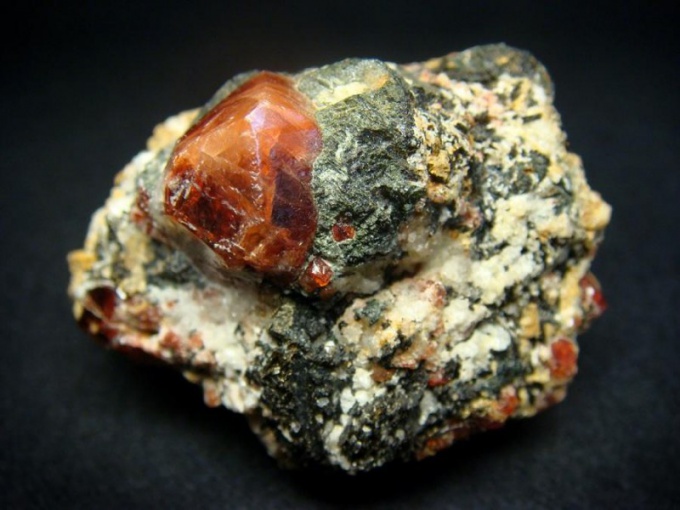Cubic Zirconia
Zirconium – chemical element of group IV of the periodic system, it is easily machinable and weld in an inert atmosphere. This metal exists in two crystal modifications, as a rule, he is a brilliant, silver-grey colour, and in powder as dark grey.
According to their chemical properties, zirconium is close to the hafnium and titanium, which is resistant to alkalis and acids. At room temperature the metal has high corrosion resistance in air, it forms a thin oxide film. Alloys and small additions of other metals give them corrosion resistance and high durability. The addition of metals to Zirconia, as a rule, affects its properties. Zirconium forms a variety of salts and complex compounds, which are hydrolyzed in aqueous solutions.
Zircon
Noble gem zircon belongs to the minerals sub-group of island silicates, it is widely used to create jewelry as imitation precious stones. This natural mineral is long known to mankind, its name comes from the Persian word "zargun", "zar" means gold and "gun" - "color" often means "color of gold", "Golden". The color varies from colorless to Golden-brown with hints of grey and green, zircon has a strong diamond shining.
The most valuable stones are Golden and red hues, in addition, you can find sky-blue, greenish-yellow, black, neutral or brown. It all depends on the impurities of copper, calcium, iron and titanium. Typically, the dimensions of a single instance is small and does not exceed a few millimeters, however, there are samples of a few tens or even hundreds of carats, they are of immense value, they are stored in museums around the world.
Zircon is considered to be magmatic mineral, it can be found in granites, syenites and other rocks. In Russia, this gem of a find in Yakutia the diamond deposits, as well as in the Urals. The principal sources of stone — Thailand, Vietnam, Madagascar and Sri Lanka.
The mineral zircon is the silicate of zirconium metal and a major source for the industry. While zircon stone is used in jewelry, the metal zirconium used in the nuclear power industry and metallurgy, its oxide is added to quartz glass while creating heat-resistant and heat-resistant labware.
